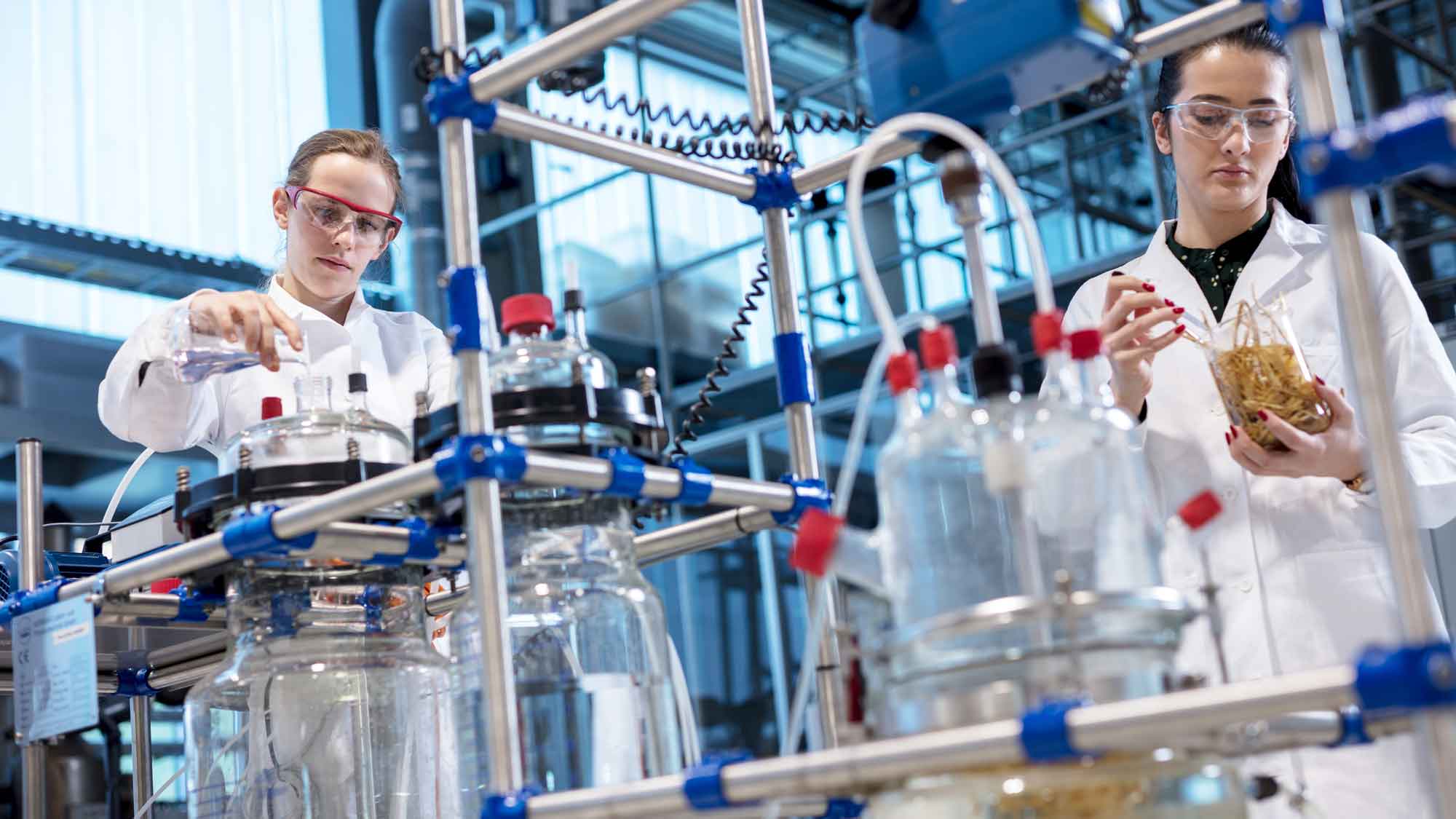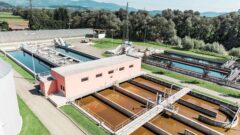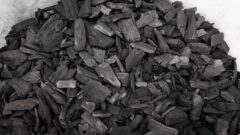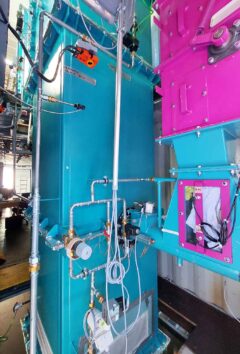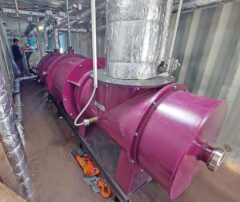Bioenergy technologies are an important pillar of renewable energy supply. Biomass is obtained in this process from organic material (crops, plant waste and biowaste as well as animal waste products) and used to generate green electricity, heat or fuels. Bioenergy currently accounts for 55% of renewable energy sources in Austria.1 It must be remembered with the use and further expansion of bioenergy that biomass as a raw material is not available in unlimited quantities. Biomass resources must be utilised in an environmentally friendly way and with maximum efficiency in order to ensure sustainable usage.
The IEA Bioenergy Technology Collaboration Programme brings together experts from research, administration and business from 25 countries and the EU who work to support the dissemination of environmentally friendly, socially accepted and competitive bioenergy systems in all energy markets. It is focused on initiating, coordinating and promoting research, development and trial projects and the targeted exchange of information on the topic of bioenergy. The topic areas addressed include biomass resources, supply systems, conversion, end products, as well as interdisciplinary topics along the entire value chain. The latest topics to be added include the production and conversion of microalgae and macroalgae as well as artificial photosynthesis.
www.nachhaltigwirtschaften.at/en/iea/technologyprogrammes/bioenergy
The Gasification of Biomass and Waste project (Task 33)2 involves collecting information on the production and utilisation of renewable heating and synthesis gases from biomass and waste and sharing this between the participating countries. The gasification of biomass means the production of combustible gases through the thermochemical processing of biomass. Solid biogenic substances are broken down thermally in this process using thermal energy and a gasification agent before being converted into a product gas. The product gas can be directly combusted in gas engines for production of power and heat or it can be cleaned and conditioned to result in syngas, which is used for production of renewable gaseous and liquid fuels and chemicals. The project is focused on information exchange on production of power, heat, biofuels, biochemicals, SNG and hydrogen through biomass and waste gasification. Combined heat and power remains a relevant topic in the biomass gasification sector, especially in the low capacity range (500 kW). The high capacity range from 5 MW is now more heavily focused on the production of biofuels and biochemicals. Biochar is also relevant. It is produced as a by-product of gasification and has potential applications that are also being examined.
The working period until 2024 covers the following priority areas:
> Gasification for combined heat and power
> Synthetic natural gas via gasification
> Production of biofuels
> Production of biochemicals
> Hydrogen production
> Gasification as CO2 storage technology
Informational data sheets have been compiled for the topics of synthesis gases, biofuels, biochemicals, hydrogen and combined heat and power. These can be found on the project website. The website also includes a database with a list and description of 160 systems at the present time (globally).
www.task33.ieabioenergy.com/database
1 www.biomasseverband.at
2 Participating countries: Austria, Belgium, Canada, China, France, Germany, India, Italy, Netherlands, Sweden, United Kingdom, USA
![]()
BC4I – Biochar for industry
The metallurgical industry is responsible for a significant proportion of global CO2 emissions. One possible option for reducing emissions is to replace the fossil carbon used to date with CO2-neutral biochar. This approach is being examined in the BC4I project1, with a new process being developed for combining decentralised biochar production with high-efficiency generation of green electricity and heat from the pyrolysis gases released during the process. The core components of the innovative concept are a pyrolysis gas reactor based on the counterflow principle, which provides virtually dust-free pyrolysis gas, and a multi-stage pyrolysis gas reforming system for efficient break down of the tars contained in the gas.
High level of efficiency
The aim in developing the new process is to generate green electricity and heat from low-cost biomass with an energy conversion efficiency higher than previously achieved (>90%). Around 30 per cent by weight of the dry matter of the biomass used is converted into biochar in the pyrolysis reactor (this corresponds to around 52% of the fuel energy input), with the remainder leaving the reactor as pyrolysis gas. Part of the pyrolysis gas is then burned in an ultra-low-emission gas burner in order to provide the heat required for the thermal tar conversion and pyrolysis process. The main share of the pyrolysis gas is converted into heat and electricity in a gas engine. Following, around 29% of the fuel energy input can be utilized as district or process heat and 10% as electricity. Together with the energy content of the biochar, this results in an overall efficiency level of more than 90%.
Gas purification
The pyrolysis gas released from the fuel bed has a high tar content of between 200 and 300 g/Nm³. The tars in the gas are removed by a novel reforming process covering a thermal and catalytic cracking step. The aim is to reduce the tar content by more than 99% so the pyrolysis gas can then be used in a gas engine without requiring any further purification.
Potential for industry
The biochar produced can be used in the metallurgical industry directly or after further processing. Biochar is primarily of interest for medium-sized metallurgical companies where switching to H2 as a reducing agent and/or alternative processes are not possible or are too cost-intensive. This includes operators of electric arc furnaces, rolling processes, shaft furnaces and related processes. A complete switch from fossil carbon carriers to biochar could save up to 71,000 tonnes of CO2 per year in this sector in Austria.
www.nefi.at/en/projekt/bc4i-biochar-for-industry
1 Project partners: BIOS BIOENERGIESYSTEME GmbH (project coordinator), Catator AB, The University of Leoben – Chair of Nonferrous Metallurgy, Polytechnik Luft- und Feuertungstechnik GmbH
The project is part of the NEFI (New Energy for Industry) model region, which is promoting the decarbonisation of industrial companies driven by innovation and technology development.
www.nefi.at
